What do you do when your dough is too wet? You may be discouraged and want to throw it all away. But first, try kneading it using the slap and fold method. Many times, it’s simply changing the technique you us to knead the dough that’s the answer to your problems. But what if your dough looks like soup as ours does below? Do you have to throw it away? Not at all! We will show you how to fix too wet dough in this simple tutorial.
The very first thing you want to do when bringing together a recipe and seeing that it looks too wet is to wait 5 – 10 minutes. Why? Because flour is like a dry sponge. It doesn’t seem like it will hold much liquid, but once it becomes hydrated, it really sucks up that moisture. Time will often make dough less sticky as the flour begins to soak up the liquid.
But let’s say you waited and it’s still a goopy mess. Now what? You will need to add flour, but you want to avoid adding too much or a lot all at once. If you add too much flour to try and fix dough that is too wet, you will end up with a very dense and dry dough that leads to brick loaves or heavy rolls. The key is to add a little flour and letting the flour do its job of soaking up that excess moisture.
But how much flour do you want to add? Not a lot. For every cup of flour (150g) in your recipe, you will add one teaspoon of flour (3g) at a time. For instance, if you have a recipe that asked for 4 cups of flour (600g), you will need to add 4 teaspoons (12g) of flour. Once you add a little flour, make sure it is all absorbed and try to knead it doing the slap and fold method. (You can also use a stand mixer.) You want to wait at least one minute before you add in more flour. If you add in too quickly, again, you aren’t letting that new flour have time to absorb the excess moisture. You want a nice soft dough in the end, so take your time here.
Eventually, you will get to a point that you can easily begin to knead your dough and it starts to change consistency. Below, it took 5 teaspoons of flour to get the texture I was looking for. You may find you need less or more flour depending on your recipe. Just keep working and you’ll get there! Is your dough too dry? Check out this tutorial to fix dry dough. We would also like to thank Gidget for the idea behind this tutorial. She learned how to turn her bread mishaps into masterpieces by trial and error. Happy baking, everyone!

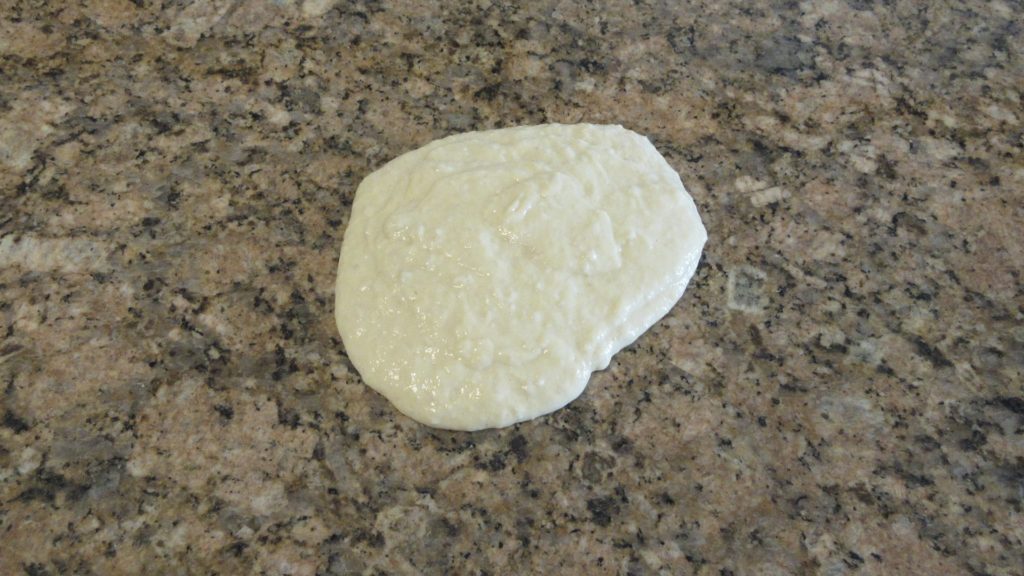
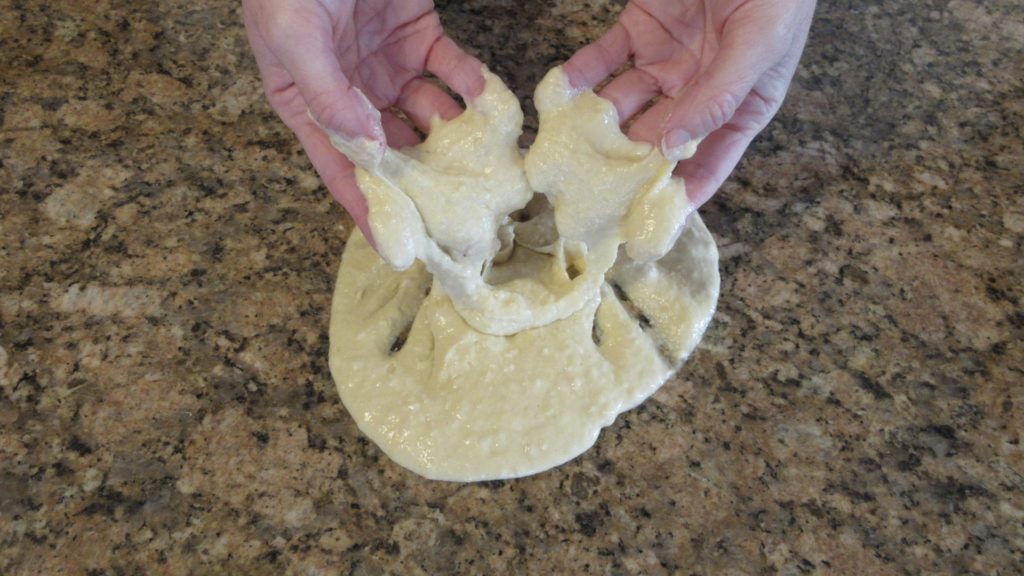
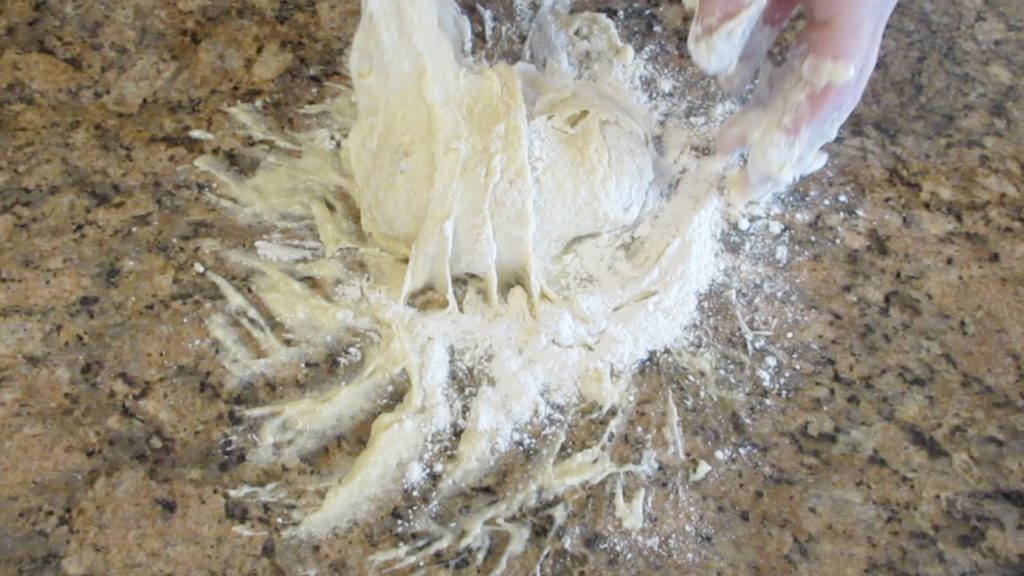
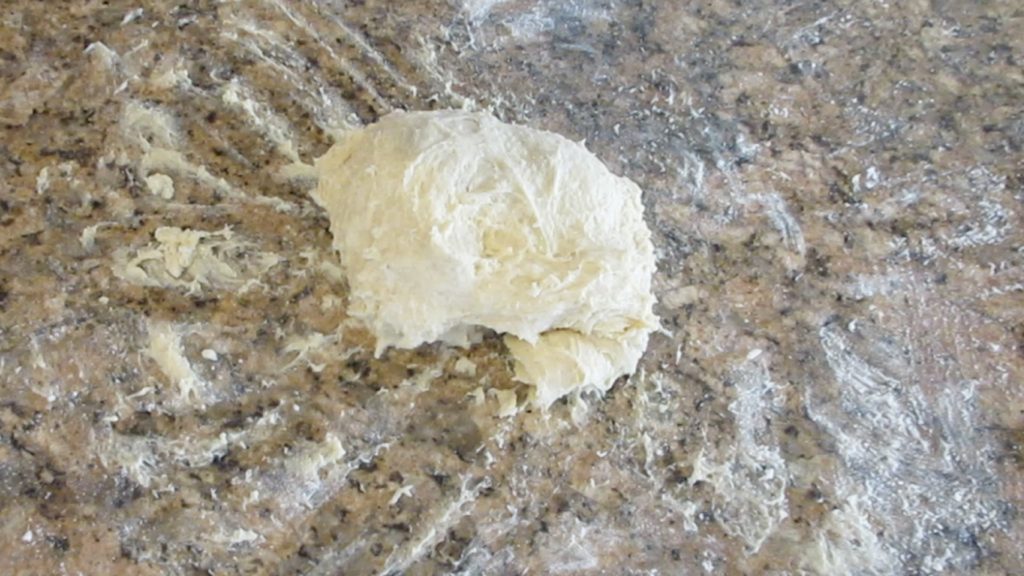


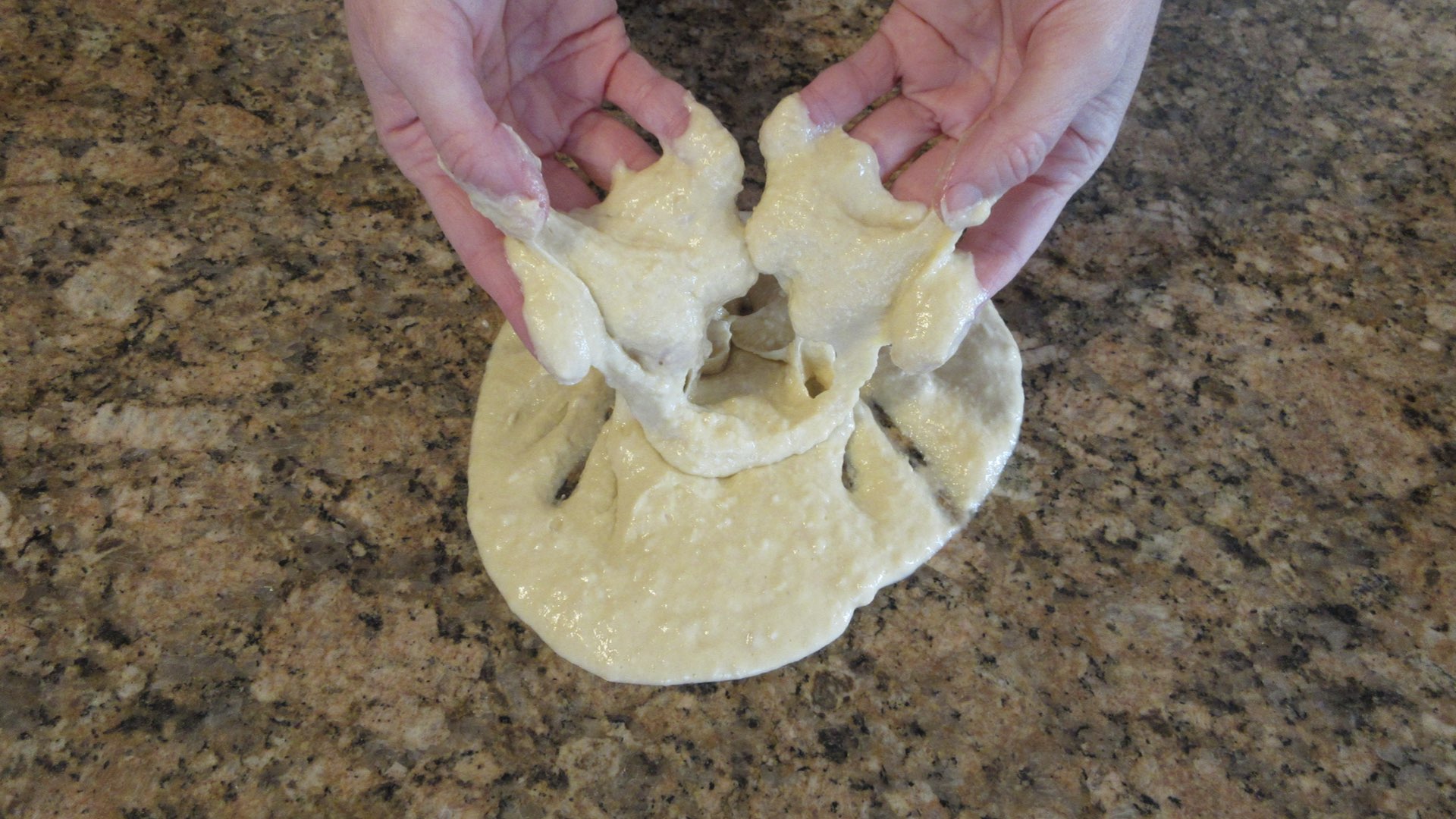
You just saved me from a big frustration of 100% hydrated dough and a big lot, which I would have had to throw away. This tutorial works. Thank you.